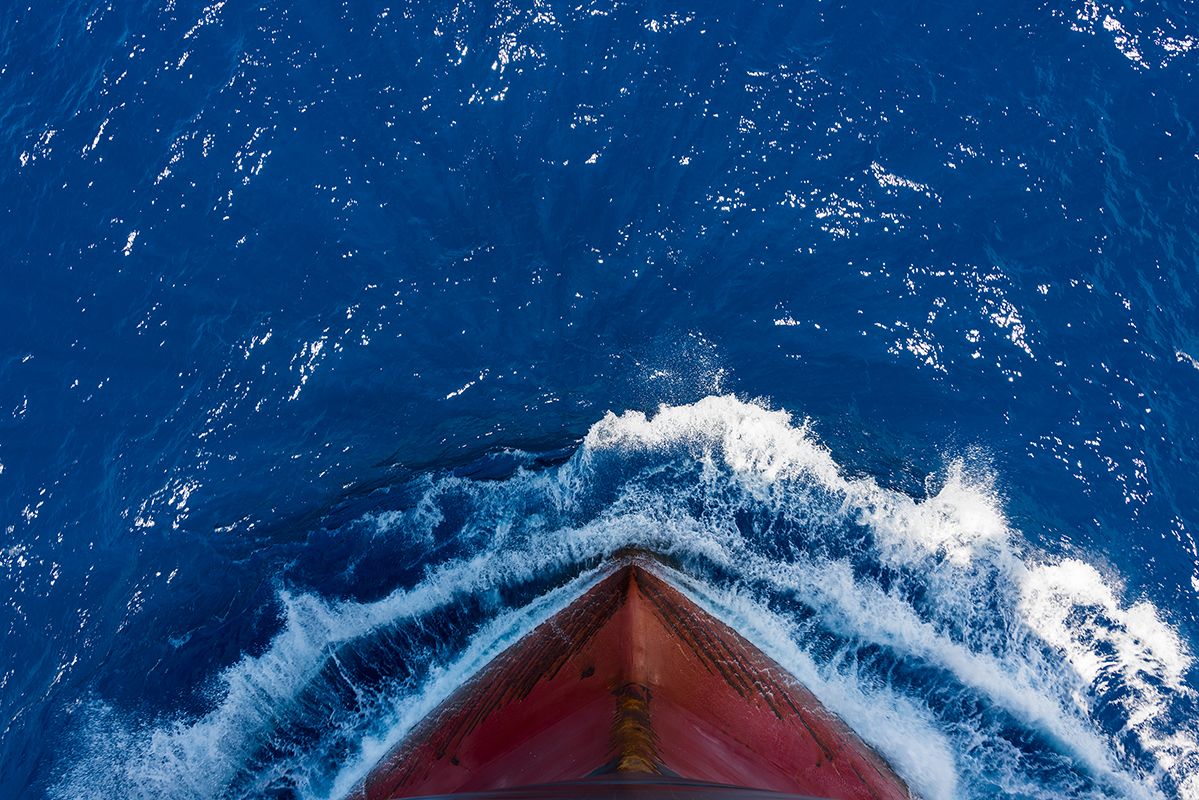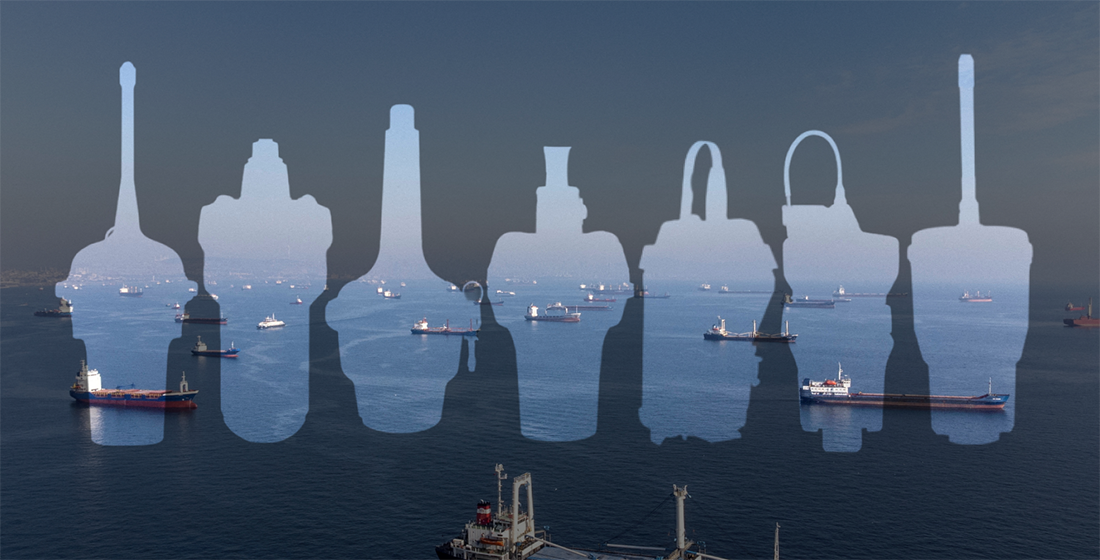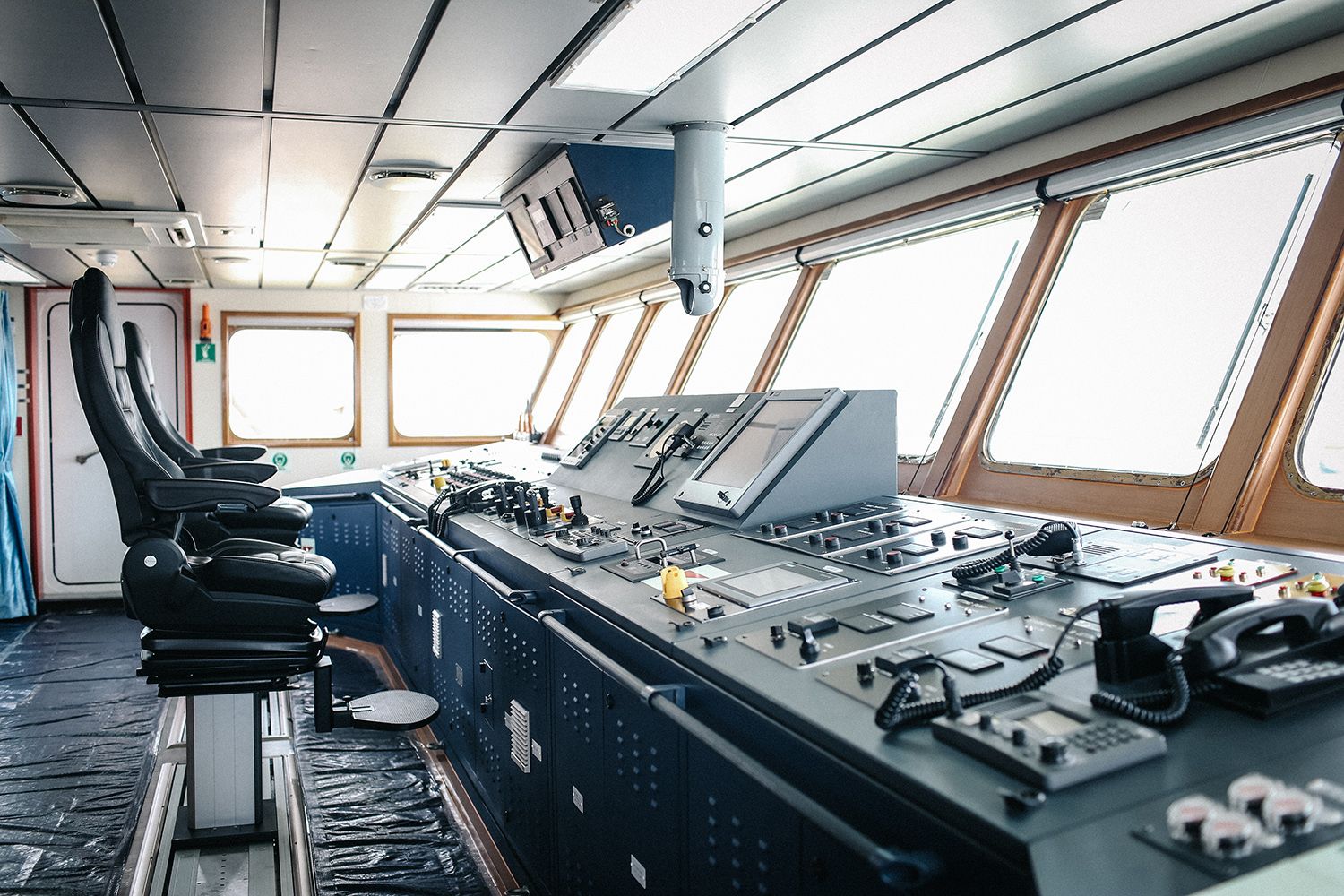How will the GMDSS change after its modernization? 5 key points to know
For more than 30 years, the GMDSS has been ensuring the safety of navigation by providing emergency communications for ships at sea. However, over time, any system needs to be upgraded: some of the technologies it uses are becoming obsolete, while others, more advanced, need to be introduced.
During the last decade, the GMDSS has been in the process of modernization. SOLAS Chapter IV on Radiocommunications, with the regulations for the GMDSS, is being amended, together with related IMO instruments. It aims to allow the use of modern communication systems in the GMDSS; the requirements for outdated systems are removed. The draft amendments will be approved in late 2021 and adopted in 2022, with a view to entering into force on 1 January 2024.
We have compiled a list of 5 main changes that will appear in the updated GMDSS (our version):
-
The number of service providers and technologies used in the GMDSS is expanding, so more generic requirements and definitions will apply to them
The monopoly of Inmarsat as the sole GMDSS satellite operator is over. In 2020, Iridium was recognized by the IMO. China's BeiDou has also applied for recognition and may become a third operator in the coming years. Thus, the criteria for the provision of mobile satellite services are revised towards generalization.
References to Inmarsat devices and services will be removed from the relevant documents and replaced with definitions that better reflect current realities (“recognized mobile satellite service” instead of "Inmarsat", for example).
Explicit references to providers of Maritime Safety Information (MSI), such as NAVTEX, EGC, will be replaced by more general definitions, etc.
-
The definition of the sea area A3 will change
Sea areas A1 and A2 will remain the same, contrary to area A3.
In the updated SOLAS Chapter IV, sea area A3 will be defined as an area, excluding sea areas A1 and A2, within the coverage of a recognized mobile satellite service supported by a shipboard radio station, in which continuous alerting is available.
Thus, the sea area A3 will vary depending on the type of mobile satellite service:
-
if Inmarsat is used, the area remains unchanged;
-
if Iridium is used, A3 will become global (merging of the areas A3 and A4);
-
if a regional satellite system is used, the area A3 will be limited to the coverage zone of this system.
There will be no redefinition of the sea area A4 (this is the remaining sea coverage outside areas A1, A2 and A3), but it will change for different mobile satellite service providers. That means that the sea area A4 will not exist in the case of a mobile satellite provider with global coverage.
-
All the requirements for communication equipment will be described in one SOLAS chapter
The provisions for communication equipment in SOLAS Chapter III (life-saving appliances and arrangements) will be moved to Chapter IV (radio communications).
-
Search and Rescue capabilities will be improved through the implementation of the Cospas-Sarsat MEOSAR system
The introduction of MEOSAR will take maritime security to a new level. This system will pinpoint the location of the beacon in near real-time mode with a high degree of accuracy that is not available in the current system.
-
New performance standards for float-free EPIRBs operating on 406 MHz will be introduced
These standards, as described in MSC Resolution 471(101), aim to:
-
require GNSS with a faster update rate, which was different from the Cospas-Sarsat’s one;
-
require an Automatic Identification System (AIS) locating signal;
-
provide for a reduced 121.5 MHz duty cycle;
-
requires a flashing light, visible to the human eye and detectable by all types of night vision devices, etc.
The related circulars “Guidelines for shore-based maintenance of satellite EPIRBs” (MSC/Circ.1039) and “Guidelines on annual testing of 406 MHz satellite EPIRBs” (MSC/Circ.1040) will also be revised and updated.
***
GMDSS Modernization Plan involves an extensive scope of regulatory work. Dozens of relevant resolutions, standards and circulars are being amended. However, the updating of maritime radio communications should not be limited to technical requirements only. The human factor is also important, and staff training should also be given attention.
By Olga Davydova






can we downgrade the equipment from area a3 mf/hf to area a2?